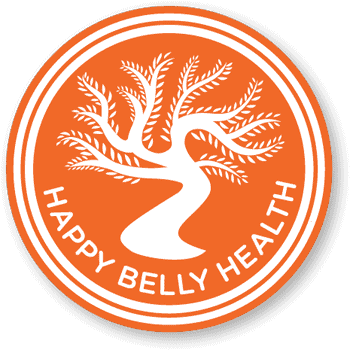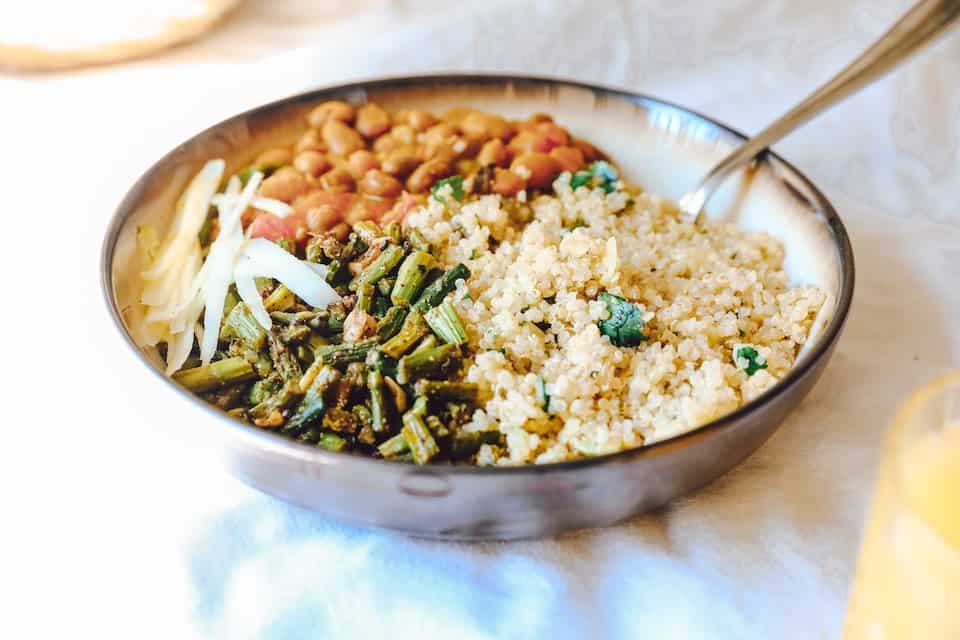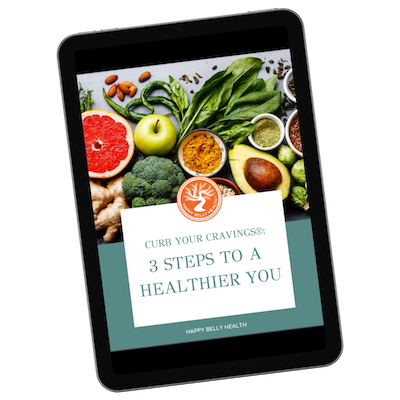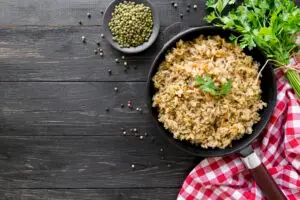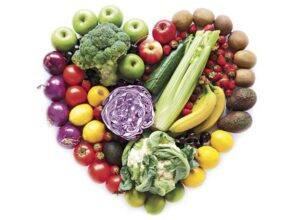Quinoa (pronounced keen-wah), is a nutritional powerhouse with ancient origins. It was originally cultivated by the Incas more than 5,000 years ago; they referred to it as the “mother of all grains.” There are many health benefits of quinoa! It contains all nine essential amino acids, making it a great source of protein for vegetarians. Quinoa is also high in magnesium, fiber, calcium, phosphorus, iron, copper, manganese, riboflavin and zinc.
While quinoa is widely considered a grain, it’s actually the seed of a plant called Chenopodium or Goosefoot, related to chard and spinach. Quinoa is a gluten-free grain and has a similar effect as other whole grains in helping to stabilize blood sugar.
How to Prepare and Eat Quinoa
It has a waxy protective coating called saponin which can leave a bitter taste. For best results, rinse quinoa before you cook it or even soak it for a few hours or overnight. When cooked, it has a fluffy, slightly crunchy texture. Try it in soups, salads, as a breakfast porridge or as its own side dish.
For quinoa and whole grains in general, the majority of digestion occurs in the mouth through chewing and exposure to saliva. For optimal nutrition and assimilation, it is vital to chew your grains well and with awareness. A great meditation is to find a calm place, without distractions, to sit down for your meal. Make it a habit to chew each bite 20 times or more. See how this simple practice can help your digestion and overall focus for the rest of your day.
To learn more about the importance of chewing your food, click here!
Are you curious? Let’s chat. We would love to hear from you.
If you’re interested in finding out more about health coaching, please use this form and you’ll be prompted to schedule a 15 minute chat. We look forward to supporting you.
